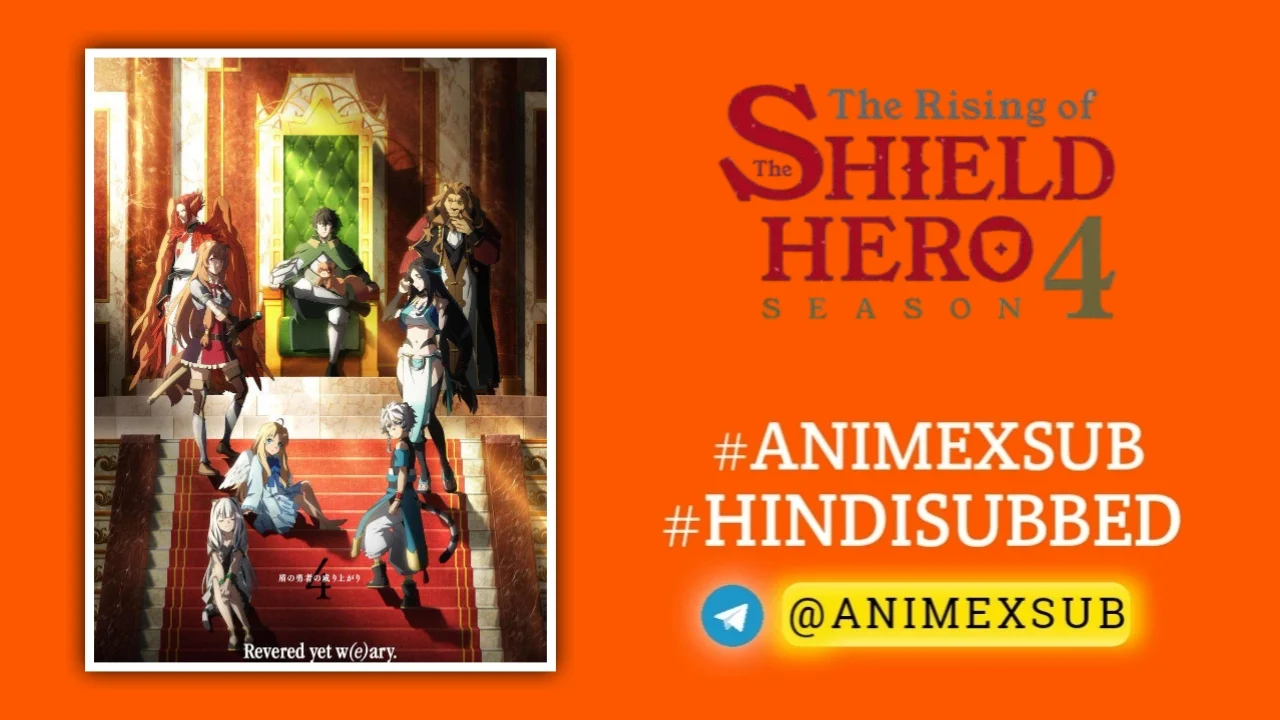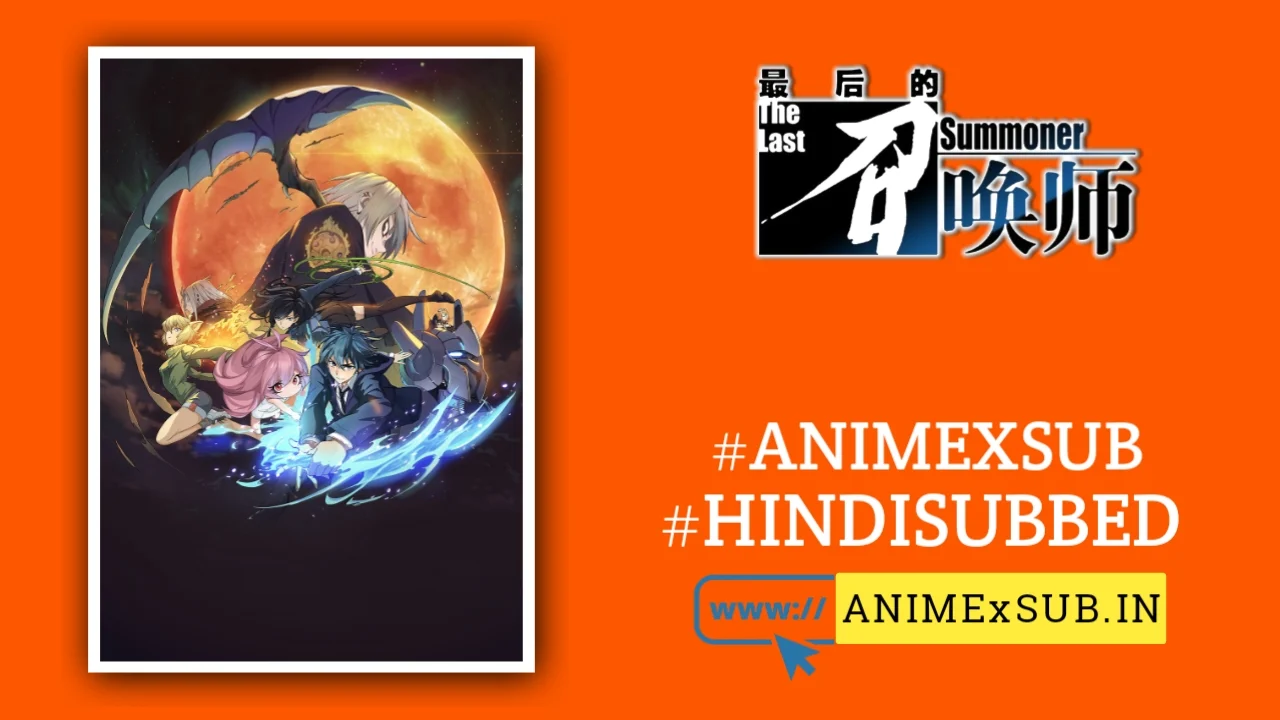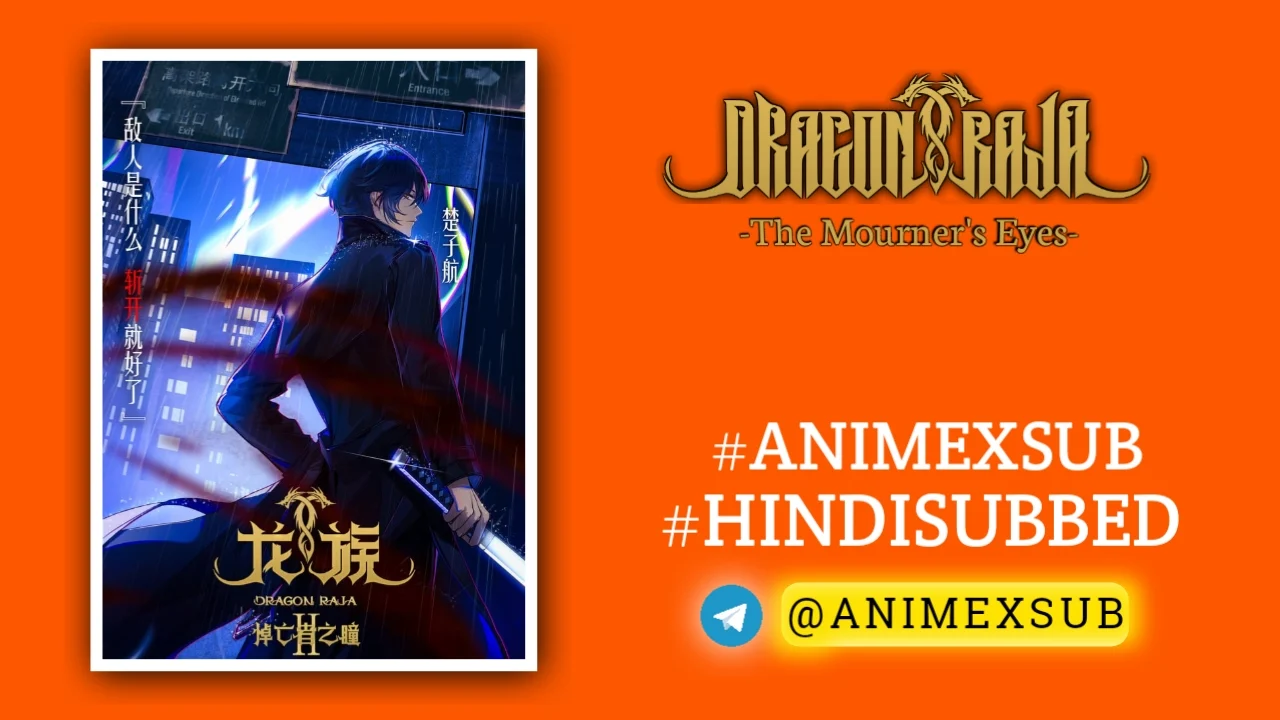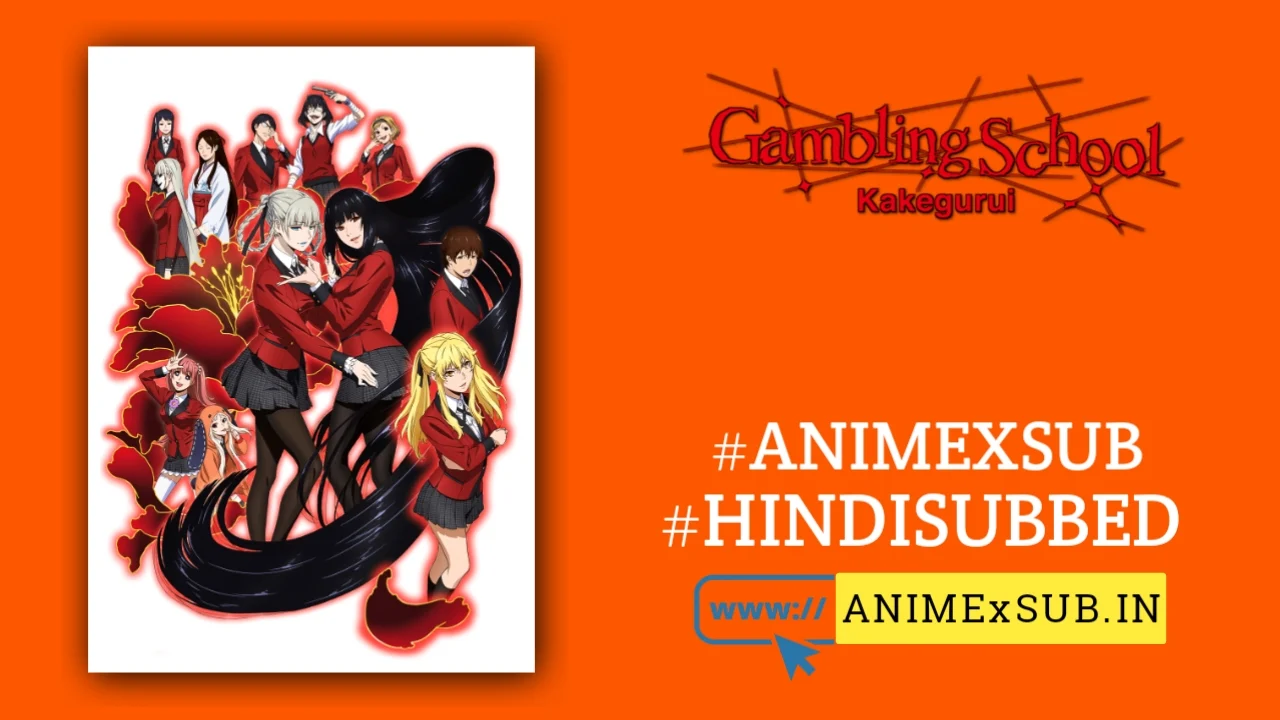
The Rising of the Shield Hero Season 4 Hindi Subbed [08/12] {Ongoing}

Tate no Yuusha no Nariagari Season 4
The Rising of the Shield Hero Season 4Synopsis
The fourth season of Tate no Yuusha no Nariagari. As Naofumi prepares for the Phoenix’s return, assassins from Q’ten Lo target Raphtalia, mistaking her for a throne usurper. To resolve the conflict, Naofumi journeys to Siltvelt, where he is hailed as a demi-human savior, but not all welcome him. In politically volatile Q’ten Lo, Raphtalia becomes a revolutionary symbol. Amid rising chaos, can Naofumi unite his allies and guide them to salvation? (Source: Crunchyroll News)
Watch Trailer
Characters
Episodes
Echoes of Defiance: Naofumi’s Unyielding Stand Against Imperial Shadows
In the shadowed annals of isekai lore, few tales capture the raw alchemy of betrayal and redemption quite like The Rising of the Shield Hero. As Season 4 unfurls its wings on July 9, 2025, the series transcends its roots in Aneko Yusagi’s light novels, weaving a tapestry of political intrigue, mythical confrontations, and profound character evolution that feels both intimately personal and cosmically vast. Directed by Hitoshi Haga, with series composition by Keigo Koyanagi and character designs by Franziska van Wulfen, Sana Komatsu, and Masahiro Suwa, this installment—produced by Kinema Citrus—delivers 12 episodes of meticulously crafted animation that blend fluid combat sequences with hauntingly atmospheric visuals. Streaming exclusively on Crunchyroll with simultaneous English dubs, it arrives as a beacon for fans weary of recycled tropes, offering instead a narrative that probes the fractures of identity and the weight of inherited legacies in a world teetering on the brink of cataclysm.
Whispers from Q’ten Lo: The Unveiling of Raphtalia’s Forbidden Heritage
At the heart of Season 4 lies the empire of Q’ten Lo, a sprawling dominion shrouded in xenophobic zealotry and ancient secrets, whose assassins descend like vengeful specters upon Naofumi’s party. This arc, drawn from volumes 13-15 of the light novels, marks a pivotal shift from the Waves of Catastrophe’s global threats to hyper-localized geopolitical machinations. Raphtalia, the demi-human swordswoman whose growth from slave to steadfast companion has been the series’ emotional core, emerges as the linchpin of revolution. Her concealed royal ancestry—revealed in Season 3’s finale—ignites a powder keg, positioning her as both a symbol of rebellion and a target for eradication. What elevates this plot beyond standard isekai fare is its unflinching exploration of cultural erasure: Q’ten Lo’s theocratic rulers, obsessed with purity, view demi-humans like Raphtalia as abominations, forcing her to confront not just external foes but the internalized scars of her suppressed identity.
Naofumi Iwatani, the once-despised Shield Hero, navigates this turmoil with a pragmatism honed by seasons of injustice. No longer the naive otaku summoned to a fantasy realm, he orchestrates alliances with unlikely figures, including the enigmatic Werner (voiced by Takeo Otsuka), a winged emissary from the Shusaku race of Siltvelt, and Jaralis (voiced by Jiro Saito), a lion demi-human warrior whose ferocity masks a deeper loyalty. These newcomers inject fresh dynamics—Werner’s aerial reconnaissance tactics revolutionize battle strategies, while Jaralis’s brute strength tests Naofumi’s defensive philosophies—creating alliances that feel organically forged in the fires of mutual desperation. As the party voyages to Siltvelt, a nation of beastkin exiles, the narrative delves into themes of diaspora and resistance, mirroring real-world struggles of marginalized communities without ever veering into allegory overload. By episode 3, the assassination attempts escalate into full-scale incursions, blending stealthy infiltrations with explosive magical duels that showcase Kinema Citrus’s prowess in dynamic choreography.
Forged in Phoenix Flames: The Monstrous Awakening and Tactical Mastery
The true epicenter of Season 4’s spectacle is the impending resurrection of the Phoenix, a colossal avian calamity whose rebirth promises to raze continents in purifying infernos. Unlike the Spirit Turtle’s ponderous rampage in Season 2 or the mechanical horrors of prior Waves, the Phoenix embodies a purifying apocalypse—its flames not just destructive but ideologically charged, aligning with Q’ten Lo’s dogma of “cleansing” impurities. Naofumi’s shield, ever the symbol of endurance, evolves through unprecedented upgrades: the Chimera Shield’s multi-form adaptability merges with phoenix-derived fire resistance, allowing for hybrid barriers that absorb and redirect thermal assaults. This innovation isn’t mere power-scaling; it’s a narrative device that underscores Naofumi’s growth from reactive defender to proactive architect of survival, forcing him to collaborate with the other Cardinal Heroes—Motoyasu, Ren, and Itsuki—in ways that expose their lingering flaws and budding synergies.
Combat sequences reach new heights of tactical depth, with episodes 6-8 delivering set pieces that rival the genre’s best. Imagine Naofumi’s Chain Shield ensnaring phoenix fledglings mid-flight, while Raphtalia’s illusion swordplay sows chaos among imperial guards—animated with a fluidity that captures the chaos of feathers igniting in mid-air and shields glowing with ethereal runes. The soundtrack, enriched by Kevin Penkin’s soaring strings alongside Alfredo Sirica and Natalie Jeffreys’ percussive intensities, amplifies these moments; the opening “Resolution” by Madkid pulses with defiant rock anthems, while Chiai Fujikawa’s ending “Eien ni Ikkai no” (Once in a Lifetime) weaves melancholic ballads that echo the party’s fleeting bonds. Yet, purity demands honesty: early episodes occasionally falter in pacing, with political exposition dumps that could have been streamlined, echoing Season 2’s criticisms. However, by mid-season, the momentum surges, culminating in a revolutionary uprising that redefines heroism not as solitary glory but collective defiance.
Threads of Exile: Deepening Bonds and the Human Cost of Heroism
What sets Season 4 apart in the pantheon of isekai evolutions is its unyielding focus on psychological realism amid the fantasy. Naofumi’s weariness—hinted in the key visual where he sits enthroned yet isolated—manifests as strategic paranoia, straining his relationships. Raphtalia’s arc, in particular, achieves a level of emotional granularity rarely seen: her reluctant embrace of leadership forces confrontations with Sadeena, her adoptive aunt, whose carefree demeanor belies generational trauma from Q’ten Lo’s purges. Filo’s boundless energy provides levity, her filolial transformations enabling high-speed chases through imperial strongholds, but even she grapples with the Phoenix’s threat to her kind. Returning allies like Atla and Fohl add layers of sibling rivalry and spiritual guidance, their interactions revealing Naofumi’s transformation into a surrogate family patriarch.
Informative insights into world-building elevate the stakes: Siltvelt’s beastkin society, with its hierarchical clans and anti-human sentiments, serves as a counterpoint to Melromarc’s prejudices, exploring how cycles of oppression perpetuate across borders. The animation’s attention to detail—demi-human ear twitches during tense dialogues, the subtle flicker of phoenix embers in distant skies—immerses viewers in a living, breathing cosmos. Reviews from early screenings praise this maturity, noting how Season 4 rectifies Season 3’s occasional meandering by tightening its focus on character-driven conflicts, achieving an average audience score hovering around 85% on platforms like Rotten Tomatoes as of August 2025. It’s a season that doesn’t just advance the plot but introspects on the hero’s burden, questioning whether true strength lies in the shield or the souls it protects.
Horizons Beyond the Ashes: Legacy and the Uncharted Waves Ahead
As Season 4 draws to its close with the Phoenix’s fiery climax— a battle that spans aerial dogfights, underground rebellions, and a heart-wrenching sacrifice that reshapes alliances— it cements The Rising of the Shield Hero as a saga of resilient underdogs. The finale’s post-credits tease hints at escalating Waves and interdimensional incursions, promising volumes 16+ of the light novels will fuel future seasons. This installment’s purity shines in its refusal to glorify violence; every victory extracts a toll, from scarred landscapes to fractured trusts, delivering a narrative purity that feels refreshingly subversive. For newcomers, it’s an accessible entry via Crunchyroll’s recap episodes, while veterans will revel in the epic payoff. In a genre often criticized for stagnation, Season 4 rises not just as continuation, but as reinvention— a shield against mediocrity, forged in the fires of innovation.1


























